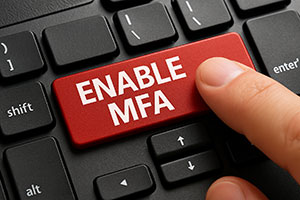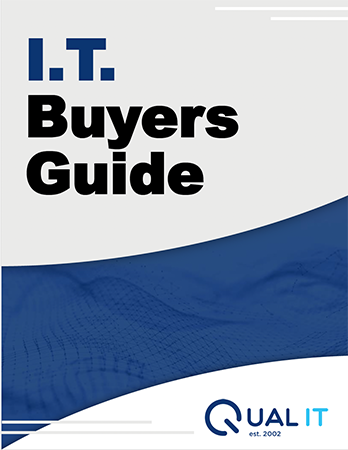 You wouldn’t let unauthorized personnel into your job site. You wouldn’t submit project plans without a final QA check. So why let your engineers access sensitive systems without multifactor authentication (MFA)?
You wouldn’t let unauthorized personnel into your job site. You wouldn’t submit project plans without a final QA check. So why let your engineers access sensitive systems without multifactor authentication (MFA)?
In the engineering world, where file integrity, regulatory compliance, and client trust are everything, MFA acts like a second lock on your digital infrastructure. It doesn’t just protect your email—it safeguards your CAD environments, proposal data, and cloud-based project documentation.
MFA: A Simple Step That Changes Everything
If your password is like locking your field trailer or server room, MFA is like turning on the security alarm before you leave. It’s a secondary check that makes all the difference when the first line of defense fails.
MFA ensures that only authorized team members can log into sensitive platforms. Whether it’s called two-step verification or a one-time passcode, the goal is the same: to keep your firm’s intellectual property out of the wrong hands.
The most common forms of MFA include:
- One-time codes sent by text or email
- Push notifications via authentication apps
- Biometric scans or security questions
These extra steps take seconds for your engineers but stop attackers in their tracks.
Real-World Wins: How MFA Stops Engineering-Specific Threats
Let’s say a project manager clicks on a phishing email that looks like it’s from a subcontractor. Their credentials are compromised. Without MFA, your SharePoint files, Revit models, and internal project timelines could be exposed. With MFA enabled? The login attempt is blocked, and your IT provider is alerted.
Microsoft reports that MFA blocks over 99.2% of credential-based attacks. For firms handling federal contracts, CMMC compliance also requires it. So not only is MFA smart—in many cases, it’s required.
Where Salt Lake City Engineering Firms Should Enable MFA
We recommend turning on MFA for any system that touches:
- Project file storage (like Dropbox, SharePoint, or Autodesk Cloud)
- Client communication (Microsoft 365, Google Workspace)
- Financial and accounting software
- Vendor portals or bidding platforms
- Remote access systems and VPNs
Most platforms already include built-in MFA—you just have to enable it. And with a little guidance from your IT provider, setup is simple.
Your Projects Deserve More Than a Password
At Qual IT, we work with engineering firms across Salt Lake City to implement MFA across the platforms you actually use. Whether you’re syncing Civil 3D files across field offices or sharing PDFs with DOT officials, we make sure only the right eyes get in.
Click here to book your free network assessment.
Let’s lock down your systems before the next phishing link puts your project data at risk.



